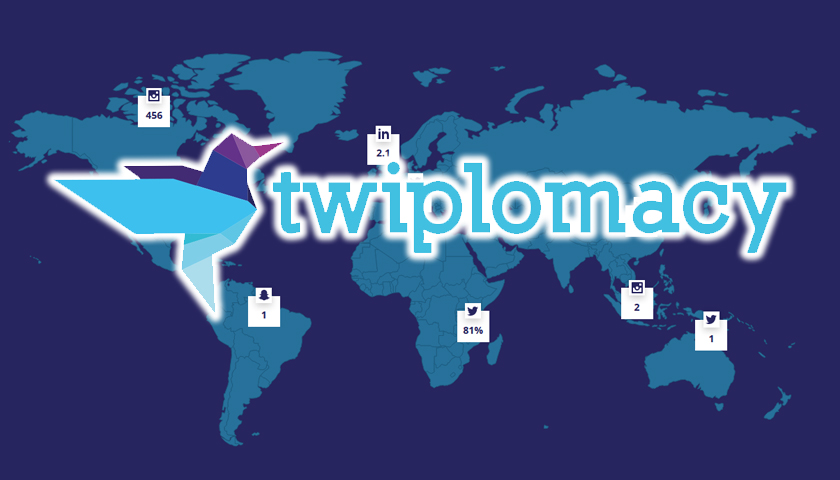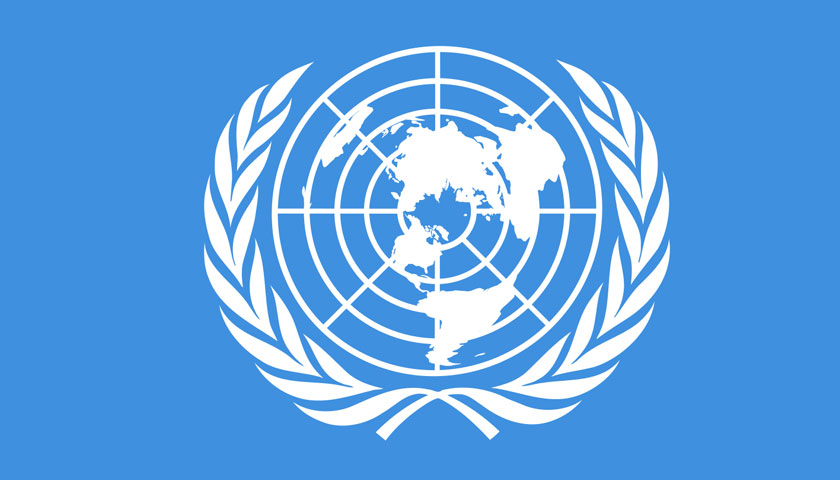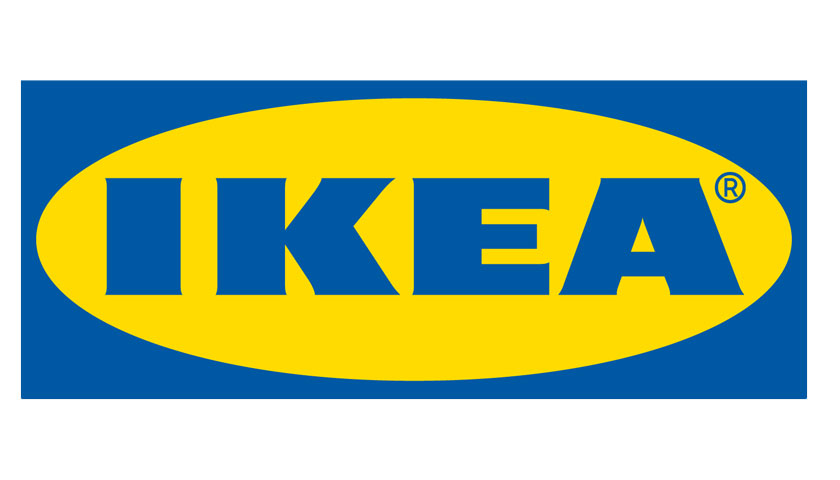The United Nations and UNICEF are the two most followed international organisations on social media, with 16.9 and 16.3 million followers, respectively, on all platforms combined. The Geneva-based World Economic Forum is in third place with 10 million followers and subscribers on Facebook, Twitter, Instagram, LinkedIn, YouTube and Google+.
The study looked at 97 multilateral organisations and selected non-profit organisations on the six main social media channels. The World Economic Forum has by far the largest number of interactions (likes and retweets), totaling 33.5 million interactions over the past 12 months on Facebook, Twitter and Instagram alone. UNICEF is in second place with 25.6 million interactions ahead of Greenpeace, totaling 11.2 million interactions.
Twiplomacy is Burson-Marsteller’s leading global study of how world leaders, governments and international organisations use social media. A complementary study called Friending in High Places and released in February 2017 examined how executives use Facebook and Instagram. For this study, Burson-Marsteller team analyzed 171 Twitter accounts of international organisations, 113 Facebook pages, 75 Instagram accounts, 83 LinkedIn pages and 35 personal profiles, 88 YouTube channels, 82 Google+ pages, and 50 Periscope channels. The combined total of followers and subscribers on all six platforms is 145,120,969.
“Just as government leaders and global businesses are rapidly increasing their reliance on social media, we also see international organisations dramatically tapping social media’s reach,” said Don Baer, Worldwide Chair and CEO, Burson-Marsteller. “These organisations are developing creative content tailored for multiple platforms to tell powerful stories that humanize their work and drive real engagement.”
Facebook is becoming the predominant audiovisual platform for international organisations. While only 16 percent of the 72,736 posts published by the international organisations over the past 12 months are native video posts, they have generated 45 percent of all the total interactions.
The World Economic Forum has made the best use of short videos optimized for mobile devices. The three Facebook posts with the most interactions of any international organisation are all one-minute native video explainers from the Forum which have been watched more than 100 million times.
Twitter, known for its 280-character messages is morphing into a visual network and most organisations attach a photo or a video to each tweet. Five percent of all the tweets included a native video, which generate on average 263 interactions per tweet, representing 12 percent of all interactions. Only five percent of all tweets analyzed are plain text updates.
“This cross-platform study shows how international organisations continue to increase their reliance on social media platforms — and innovate in their content and formats — to engage better with stakeholders,” added Ramiro Prudencio, CEO of Burson-Marsteller Europe, Middle East and Africa. “The focus on Twitter for executive communications is an indication of where more and more business leaders are likely to move as well.”
UN Secretary General, António Guterres is by far the most effective tweeter of the 74 leaders of international organisations, averaging 1,092 retweets per tweet, although he is not the most followed. Personal Twitter accounts of leaders tend to have the best overall interaction rate, which is calculated by the number of interactions divided by the number of posts and the average number of followers over the past 12 months.
The Twitter account of @TheEconomist is the most followed by international organisations ahead of The New York Times, the BBC and Reuters. Helen Clark, the former United Nations Development Programme administrator, former U.S. President Barack Obama and Bill Gates are the three most followed personalities.
Almost three quarters of the 97 international organisations studied have active profiles on Instagram, which is the visual platform of choice. An ever-growing number of organisations are now sharing daily Instagram stories to win the hearts and minds of their fans.
“I am amazed to see how many international organisations are posting daily stories on Instagram, which disappear after only 24 hours,” said Matthias Lüfkens, Managing Director, Digital, at Burson-Marsteller EMEA. “Visual storytelling has been completely revolutionized by Snapchat and Instagram.”
The complete collection of social media studies can be found on bm.com and twiplomacy.com.
About the Study
Twiplomacy is Burson-Marsteller’s leading global study of how world leaders, governments and international organisations use social media. The Burson-Marsteller team analyzed 171 Twitter accounts of international organisations, 113 Facebook pages, 75 Instagram accounts, 83 LinkedIn pages and 35 personal profiles, 88 YouTube channels, 82 Google+ pages, and 50 Periscope channels. The combined total of followers and subscribers on all six platforms is 145,120,969. We also spotted 14 Snapchat accounts, however we were not able to capture any public statistics about those accounts. Data was collected on September 1, 2017 using Burson-Marsteller’s proprietary Burson Tools and we also used Crowdtangle.com to capture the historic data for all accounts including the total interactions (likes and retweets), interaction rates as well as all video views and posts over the past 12 months (September 2016 – 2017).
Links
http://www.burson-marsteller.com/



